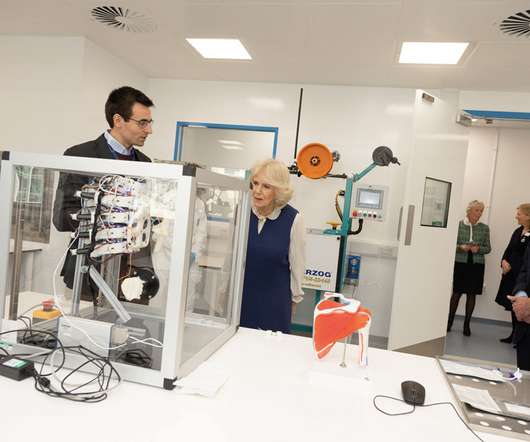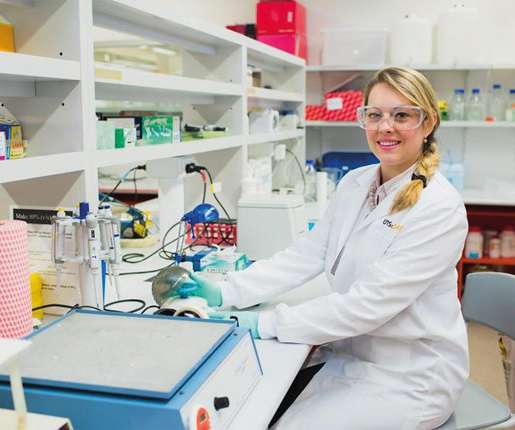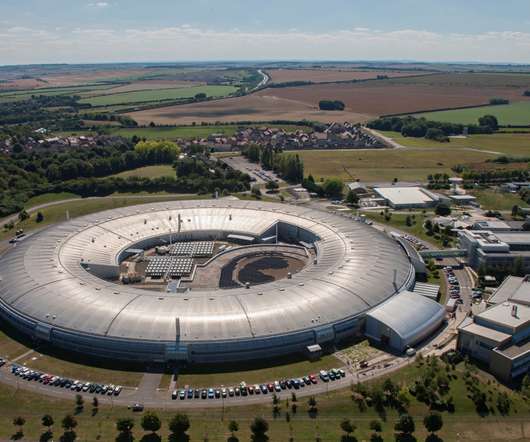Building and training human tendons in the lab
Futurum
NOVEMBER 17, 2022
This involves the creation of ‘bioreactors’, which attempt to provide the same chemical and physical properties as the tissue site in the body. To work effectively, the chamber has to be flexible and undergo mechanical stresses in different directions as the shoulder joint moves. “We Bioengineering is where engineering meets medicine.










Let's personalize your content